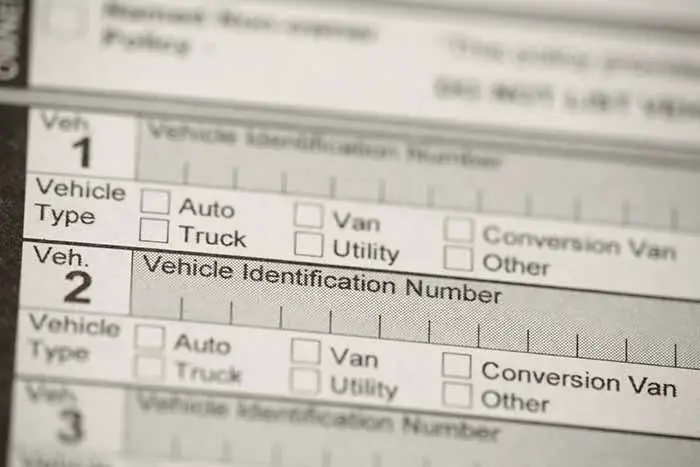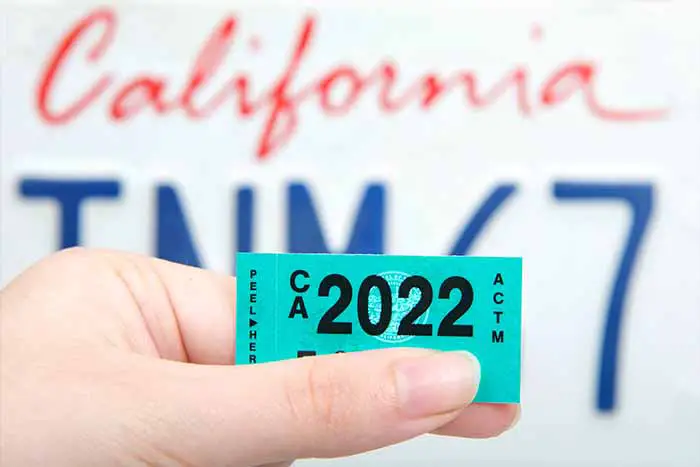The hard part is over. You’ve gone through the complicated process of finding a buyer for your car. You have negotiated, and both agreed on a fair sales price. You drafted the bill of sale and included everything your state requires. So, how do you perform a title transfer so that the new owner officially owns the car? Transferring a title is usually not that difficult, although it must be done correctly to be effective. If you miss a single step or even sign the title on the wrong line, that error could invalidate the entire process. Keep reading and follow the steps below to ensure your car title gets appropriately transferred.
Table of Contents
How To Perform A Car Title Transfer
Vehicle titles act as proof of ownership for your car in nearly every state. There are a few exceptions, such as older cars or junk cars that are worth less than a couple of thousand dollars. However, all other cars will be issued a certificate of title by your state’s Department of Motor Vehicles (DMV). This certificate will have your name on it, and it proves that you are the owner of the vehicle. When you sell a car, you need to transfer the title into the new buyer’s name.
While people might argue about the best way to sell a car, there is only one way to transfer ownership of a vehicle. This process is usually straightforward. There are sections on the back of your title that allow you to sign the title over to the buyer. Both the buyer and seller will need to print their name and sign the back of the title. Most states require the odometer reading at the time of the transaction to be placed onto the back of the title as well. Since you typically transfer ownership when you sell a car, the signed title is usually accompanied by a bill of sale and maybe a title transfer form. These documents will need to be taken to the DMV office to transfer the title. The DMV will process the paperwork and issue a new title in the new owner’s name. That’s all there is to it!
What You’ll Need To Bring To The DMV

So, what do you need to bring along when you head down to the DMV to transfer the title? You will need the properly signed title, of course. A few other documents will also be required. You will also need a bill of sale that shows the transaction details, particularly the purchase price and Vehicle Identification Number (VIN). You might also need an odometer disclosure statement. If you purchased the vehicle out of state, then you might be required to supply some additional documents. Most of the time, you will need an affidavit stating where the vehicle came from before being allowed to register it in your state.
In addition to the documents that detail the transaction, you will need some personal documentation as well. Go ahead and bring along your driver’s license and your proof of insurance. The DMV will need to see these documents before transferring ownership, issue license plates, and register the vehicle in your name. There might also be situations when the DMV needs to inspect the car itself. So, if possible, drive the car to the DMV when you attempt to transfer the title.
Complicated Vehicle Title Transfer Scenarios
Transferring the title to a vehicle is usually not a complicated process. If you buy your car from a dealership or make a private party sale through Craigslist, the process requires taking the title and a couple of documents down to the DMV. However, there are some situations that can throw you a curveball. Here are a few scenarios that can make transferring a title complicated, and we’ll also tell you how to handle them.
— Inheritance
Inheriting a vehicle from a family member or friend could be a nice surprise, but officially obtaining ownership of the car might be a little more complicated. Since the owner must sign the title, that presents a problem since the owner is deceased. When you inherit a car, the estate’s executor will need to sign the title over to you. The executor is the only person who has the authority to transfer assets out of the estate. You might also need a copy of the deceased’s will and death certificate, and you should contact your local DMV to determine if any additional documentation will be needed.
— Existing Car Loan
When you use a loan to purchase a car, the bank technically owns the car until the loan is paid off. Though the title application will be in your name and the title will be issued in your name, the title will have the lender listed as a lienholder. The lienholder must release the lien before the transfer of ownership can be completed. A title cannot be transferred while there is an outstanding lien. Once the loan is paid off, the lien will be released, and the bank will send you the original title. You can then sell the car and transfer the title however you wish.
— Out Of State Buyer
Transferring a title to an out-of-state buyer can be a little more difficult than transferring a title within the same state. Your state title still serves as proof of ownership in other states. However, when the transfer takes place, a new title will be issued in the state in which the new owner lives. You might also be required to submit an emissions test to get your vehicle registration. Vehicle sales that take place across state lines can cause confusion with DMV title transfers, registrations, and sales tax implications.
— Multiple Names On Title
Sometimes titles are issued to joint owners. Perhaps a husband and wife own their car together, or there could be other situations where a car title has multiple names. When a title has multiple names, each person on the title is considered an owner. Each owner must sign the title to transfer ownership to a new owner. If only one owner signs, then a valid transfer cannot take place. The only exemption to this rule is if a joint owner gives the other owner a power of attorney to transfer the title. In that case, one of the owners may sign the title for both owners and transfer ownership of the vehicle.
What To Do After The Transfer

After the title has been signed over, you will need to do a few things to get your new vehicle registered and ready to drive. You will need to get a new registration for the vehicle so that license plates can be issued. Most states allow 20 to 30 days from the date of the sale to complete the registration process.
Another important item that you must complete is getting insurance on your new car. Once you have purchased a new vehicle, you should notify your insurance company immediately. If you are in an accident, then you want to make sure that both you and your vehicle are protected.
Title Transfer Cost
So, how much does it cost to transfer a title? The answer depends on the state in which you live, and in some cases, it varies by county within your state. The type of vehicle that you are registering will also play a big role in the cost of your registration and transfer fees. Motorcycles, mopeds, cars, and trucks often have different fees associated with them. While the title transfer fee is usually fairly low, the registration fees can be quite expensive. Most of the time, you can expect to pay around $25 to $60 for the title fee.
In addition to the title fee, you will also need to pay registration fees and sales and use taxes. The amount of the sales tax you must pay depends on the final sales price of the vehicle. Your registration fees typically depend on the value of the car. They can vary anywhere from $50 to $1,000. While a title fee is only paid once when the title is transferred, your registration fees must be paid each year when your license plates get renewed.
In the event you lose your car title, you will need to have a duplicate title issued. The DMV usually charges a small fee to issue a duplicate title. Typically, this fee is fairly small as it will usually cost you less than $100 to have a duplicate title issued.
The Bottom Line
You will need to transfer the title to the new owner whenever you sell a car. This process is not complex, but it does require a trip to the DMV. You will need to bring along a copy of the bill of sale, the car title, and possibly a few other documents depending on your specific situation. If you have questions about which documents are required, then you should contact your local DMV.
Frequently Asked Questions
What is a car title?
A car title is a document that proves ownership of a vehicle. The title is issued by the state Department of Motor Vehicles to the owner of a car each time the vehicle passes to a new owner. The title lists the VIN, year, make, and model of the vehicle, along with the owner’s name and address. If there are any lienholders, then that will be shown on the title as well. So, what does a car title look like? They are usually pink, hence why titles are often referred to as pink slips. They almost always have the seal or watermark from your state’s DMV, and they are usually printed on heavyweight paper.
Can you transfer a car title if the seller doesn’t have the title anymore?
Generally, no, you cannot transfer a title if the seller no longer has it. In the case of a lost or damaged title, then the seller should obtain a replacement title from the DMV. Some vehicles are exempt from state title requirements, such as cars that are more than 30 years old or less than $1,000 in value. However, most cars require titles to be issued; therefore, the seller will need the title to transfer the vehicle to a new owner. Many people wonder how to get a title for a car. A new title will be issued upon the transfer of the old title, or the DMV will send a duplicate title to you upon completion of the proper paperwork.
What documentation is needed in order to transfer a car title?
In most cases, the documentation needed is not extensive. Sometimes, you will only need the properly signed title and a bill of sale to complete the process. Other times, you might need an out-of-state affidavit, odometer disclosure, or emissions test. The specific requirements vary from state to state, but the title and bill of sale are almost always required.

